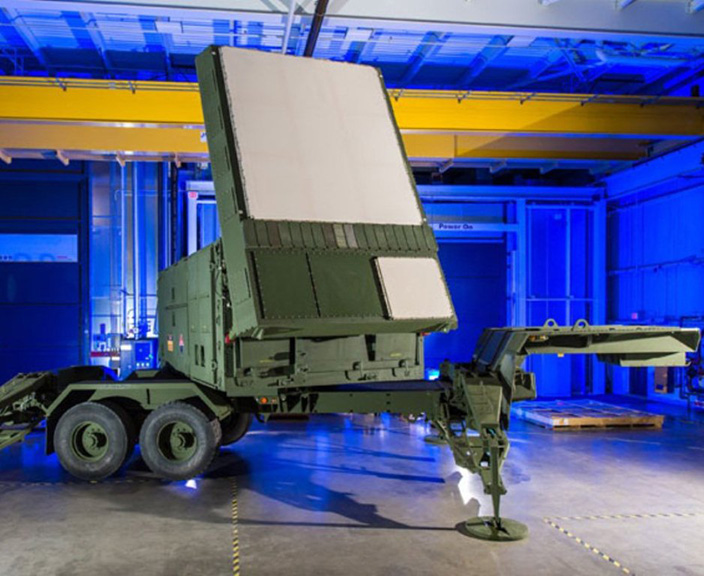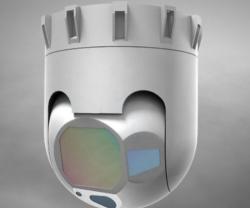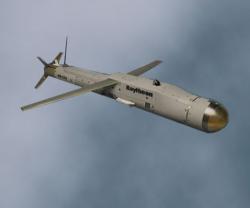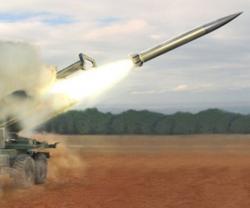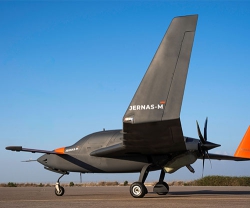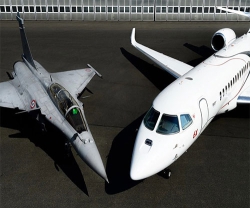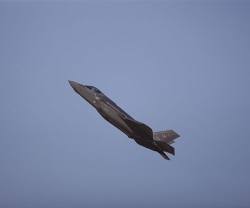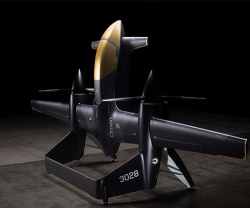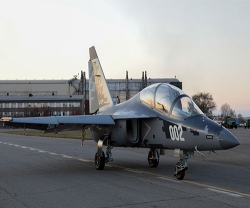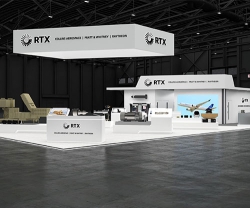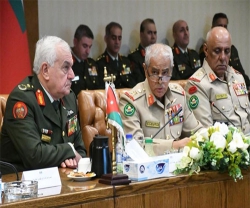The world’s newest, lower-tier air and missile defense radar just completed a critical milestone, moving it one step closer to testing in an operational environment.
Raytheon Company engineers successfully integrated a new digital radar exciter and waveform generator for the company’s proposed Gallium Nitride-powered Active Electronically Scanned Array upgrade to the Patriot Air and Missile Defense radar. Beyond the GaN-based AESA radar, Raytheon has also installed and tested the digital exciter and waveform generator in the currently fielded Patriot radar.
All radars have an exciter and waveform generator; the two elements work together to create the energy and frequencies transmitted by the radar antenna. Just like an engine is essential for the operation of a car, a radar cannot function unless it has an exciter and waveform generator.
Raytheon’s new digital exciter and waveform generator are combined in a single box roughly the size and shape of a large microwave oven. They allow engineers to create new radar frequencies and waveforms via simple software updates. The ability to make these changes via software updates is the equivalent of being able to transform a car’s engine from a four-cylinder motor for city driving to a 12-cylinder engine for the Autobahn.
“The threats militaries will face in 10 or 20 years will be very different than the ones they are facing today,” said Ralph Acaba, vice president of Integrated Air and Missile Defense at Raytheon's Integrated Defense Systems business. “The new technology will enable engineers to rapidly upgrade and adapt the GaN-based AESA radar as well as the current Patriot radar to defeat new and emerging threats such as ballistic and cruise missiles, aircraft and drones.”
A number of current and expected future Patriot Air and Missile Defense System partner nations in Europe and Asia have expressed interest in acquiring GaN-based AESA. The GaN-based AESA technology also meets Germany’s requirements for the German Taktisches Luftverteidigungssystem, or TLVS, tactical air and missile defense system.
Raytheon’s proposed new digital exciter and waveform generator replace more than 15 individual components in the current Patriot radar, which significantly reduces lifecycle costs and increases Patriot’s already-high reliability. It also uses a slotted-card design, which will enable soldiers in the field to replace circuit cards in a matter of minutes.
Raytheon’s GaN-based AESA main array is a critical step on the path to a GaN-based AESA radar with full 360-degree capability. Raytheon rolled out its GaN-based AESA prototype at the Winter Association of the US Army trade show in March, 2016. Raytheon demonstrated 360-degree capability with its GaN-based AESA pilot array in 2015.
Raytheon’s proposed GaN-based AESA Patriot radar will work with the Integrated Air and Missile Defense Battle Command System and other open architecture. It will retain backwards compatibility with the current Patriot Engagement Control Station and will maintain full interoperability with NATO.
Raytheon’s Global Patriot Solutions is the most advanced portfolio of air and missile defense technologies in the world, providing comprehensive protection against a full range of advanced threats, including aircraft, tactical ballistic missiles, cruise missiles and unmanned aerial vehicles. Patriot is continually upgraded and enhanced to leverage the latest technology. Thirteen nations depend on Patriot as the foundation for their defense.
Raytheon has been leading the innovation and development of GaN for 17 years and has invested more than $200 million to get this latest technology into the hands of military members faster and at lower cost and risk. Raytheon has demonstrated the maturity of the technology in a number of ways, including exceeding the reliability requirement for insertion into the production of military systems.

